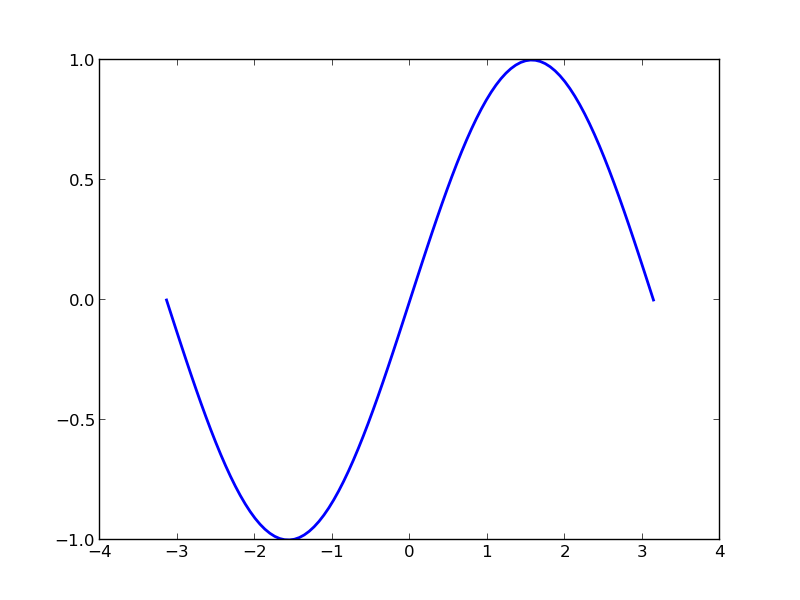Author: Nicolas Rougier
Foreword
Use the topic keyword for any forewords
Chapters contents
Make sure to read this Documentation style guide [1] as well as these tips, tricks [2] and conventions about documentation content and workflows.
Choose a topic that is not yet covered and write it up !
Create a new directory in either the intro or advanded part and start writing into index.rst. Don’t forget to also update the index.rst in the corresponding part such that your new tutorial appear in the table of contents.
Also keep in mind that these tutorials are to being taught at different places and different parts may be combined into a course on Python for scientific computing. Thus you want them to be quite interactive and reasonably short (one to two hours) or your audience might just fall asleep long before you’ve finished talking...
Last but not least, the goal of this material is to provide a concise text useful to learning the main features of the scipy ecosystem. If you want to contribute to reference material, we suggest that you contribute to the documentation of the specific packages that you are interested in.
The HTML output is used for displaying on screen while teaching. The goal is to have the same material displayed as in the notes. Thus there needs to be a very concise display, with bullet-lists rather than full-blown paragraphs and sentences. However, in the long run, it is useful to have more elaborate discussions that people can read and refer to. For this, the tip sphinx directive will create collapsible paragraphs, that can be hidden during an oral presentation:
.. tip::
Here insert a full-blown discussion, that will be collapsable in
the HTML version.
It can span on multiple paragraphs
This renders as following:
Tip
Here insert a full-blown discussion, that will be collapsable in the HTML version.
It can span on multiple paragraphs
We do not check figures in the repository. Any figure must be generated from a python script that needs to be named plot_xxx.py (xxx can be anything of course) and put into the examples directory. The generated image will be named from the script name.

This is the way to include your image and link it to the code:
.. image:: auto_examples/images/plot_simple_1.png
:target: auto_examples/plot_simple.html
You can display the corresponding code using the literal-include directive.
import numpy as np
import matplotlib.pyplot as plt
X = np.linspace(-np.pi,np.pi,100)
Y = np.sin(X)
plt.plot(X, Y, linewidth=2)
plt.show()
Note
The code to provide this style of plot inclusion was adopted from the scikits.learn project and can be found in sphinxext/gen_rst.py.
There are three main kinds of markup that should be used: italics, bold and fixed-font. Italics should be used when introducing a new technical term, bold should be used for emphasis and fixed-font for source code.
Example:
When using object-oriented programming in Python you must use the class keyword to define your classes.
In restructured-text markup this is:
when using *object-oriented programming* in Python you **must** use the
``class`` keyword to define your *classes*.
The goal of the scipy lecture notes is not to duplicate or replace the documentation of the various packages. You should link as much as possible to the original documentation.
For cross-referencing API documentation we prefer to use the intersphinx extension. This provides the directives :mod:, :class: and :func: to cross-link to modules, classes and functions respectively. For example the :func:`numpy.var` will create a link like numpy.var().
Try to avoid to go below paragraph granularity or your document might become difficult to read:
=============
Chapter title
=============
Sample content.
Section
=======
Subsection
----------
Paragraph
.........
And some text.
The easiest way to make your own version of this teaching material is to fork it under Github, and use the git version control system to maintain your own fork. For this, all you have to do is create an account on github (this site) and click on the fork button, on the top right of this page. You can use git to pull from your fork, and push back to it the changes. If you want to contribute the changes back, just fill a pull request, using the button on the top of your fork’s page.
Please refrain from modifying the Makefile unless it is absolutely necessary.
Figures positionned with :align: right are float. To flush them, use:
|clear-floats|